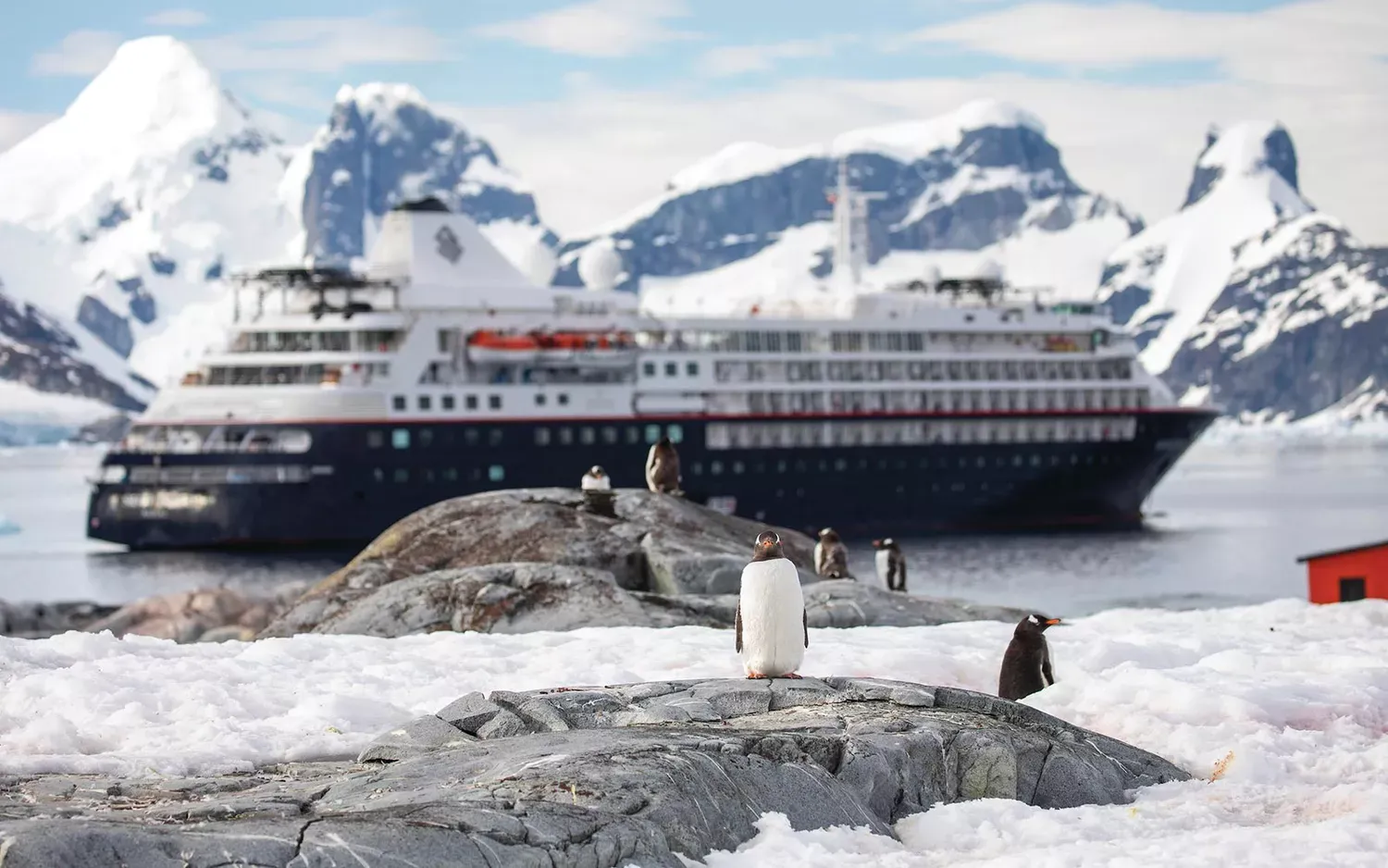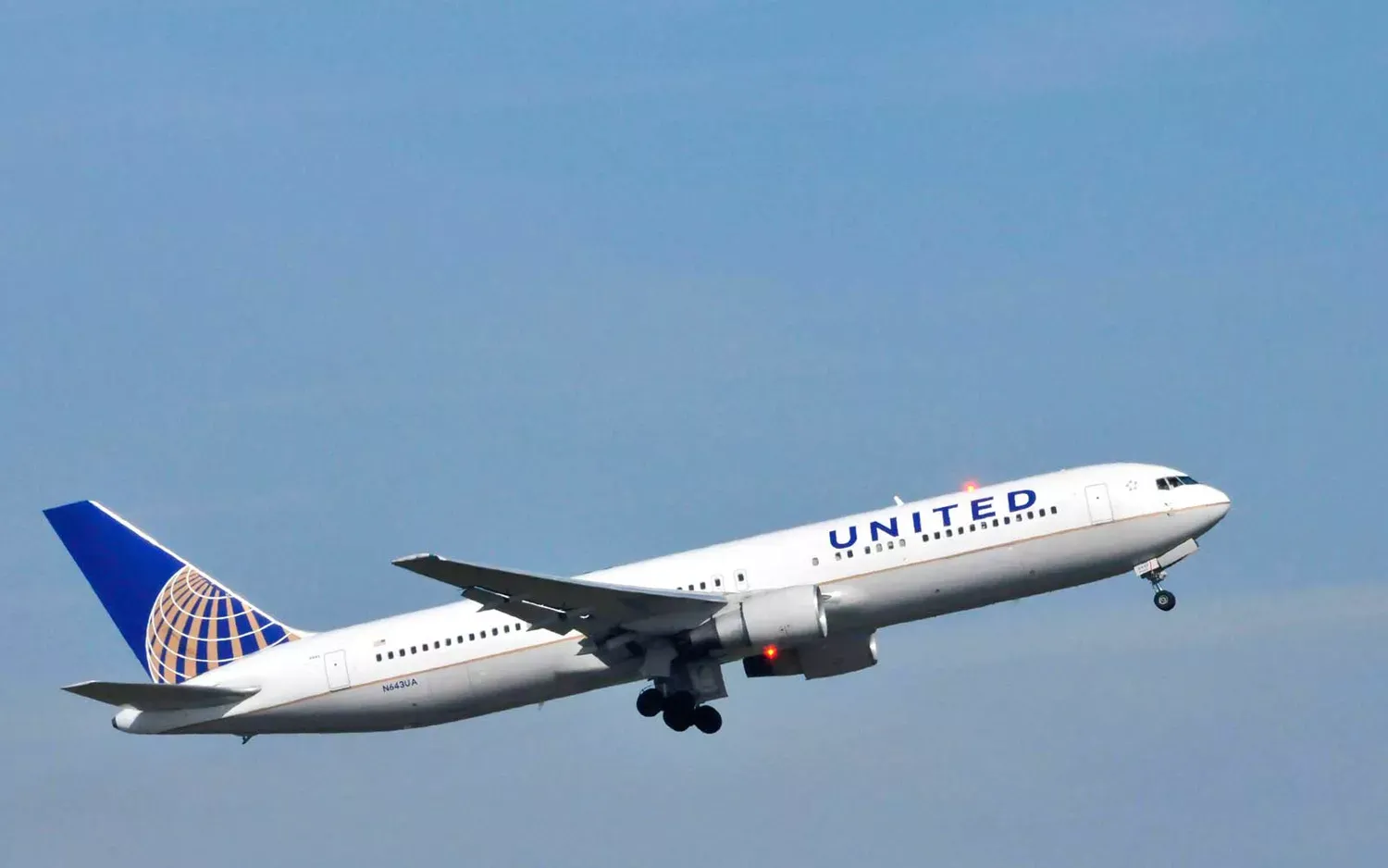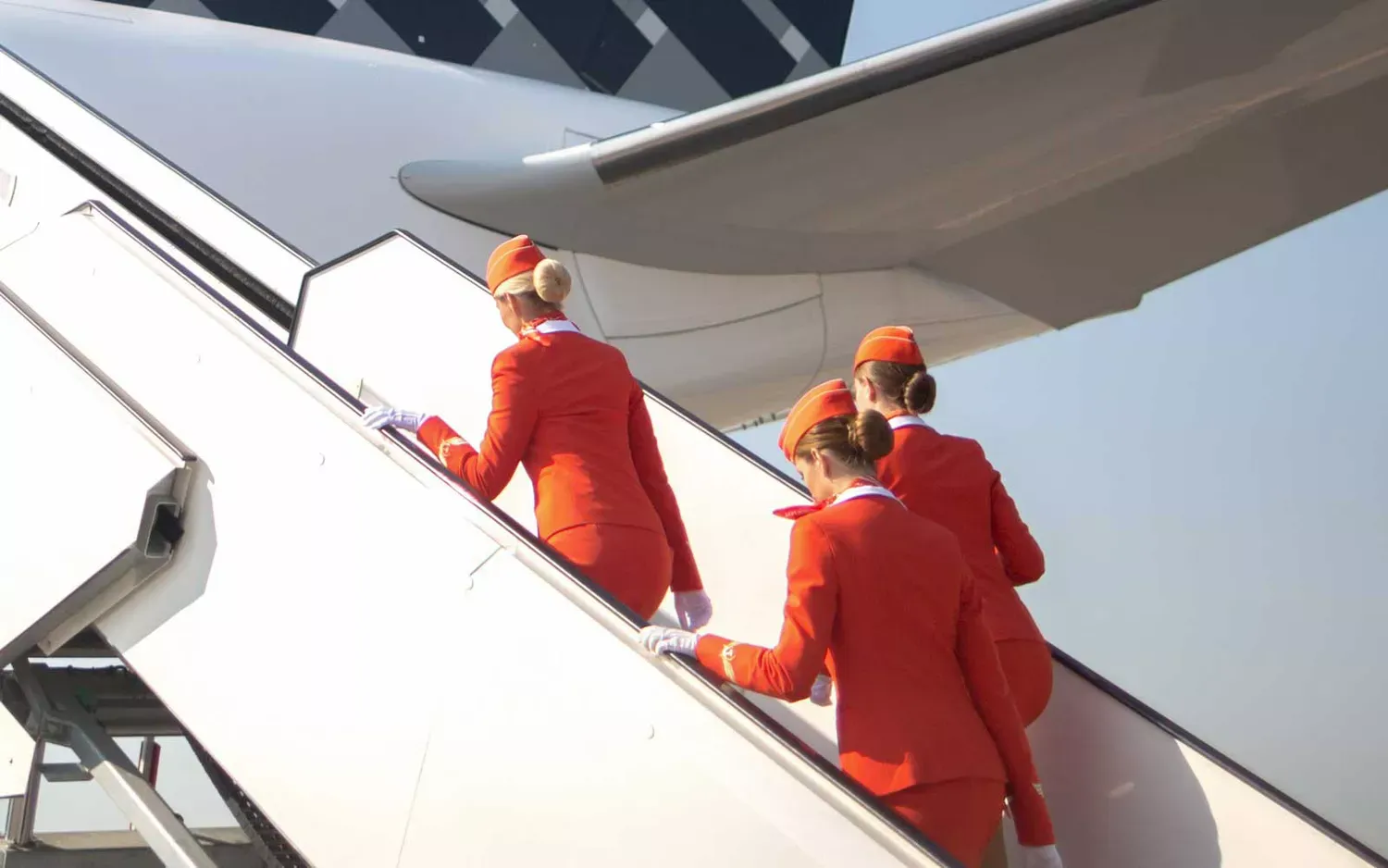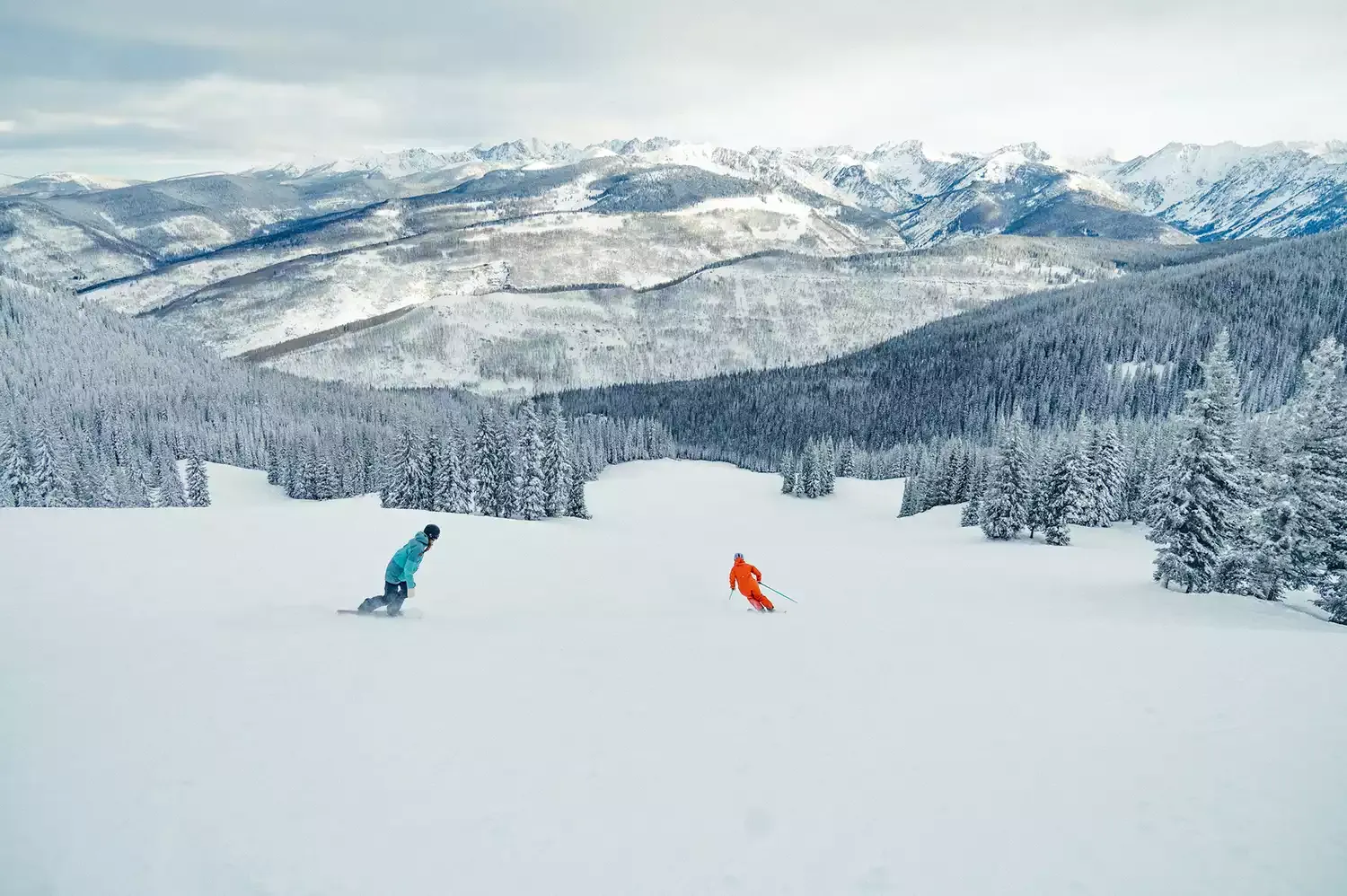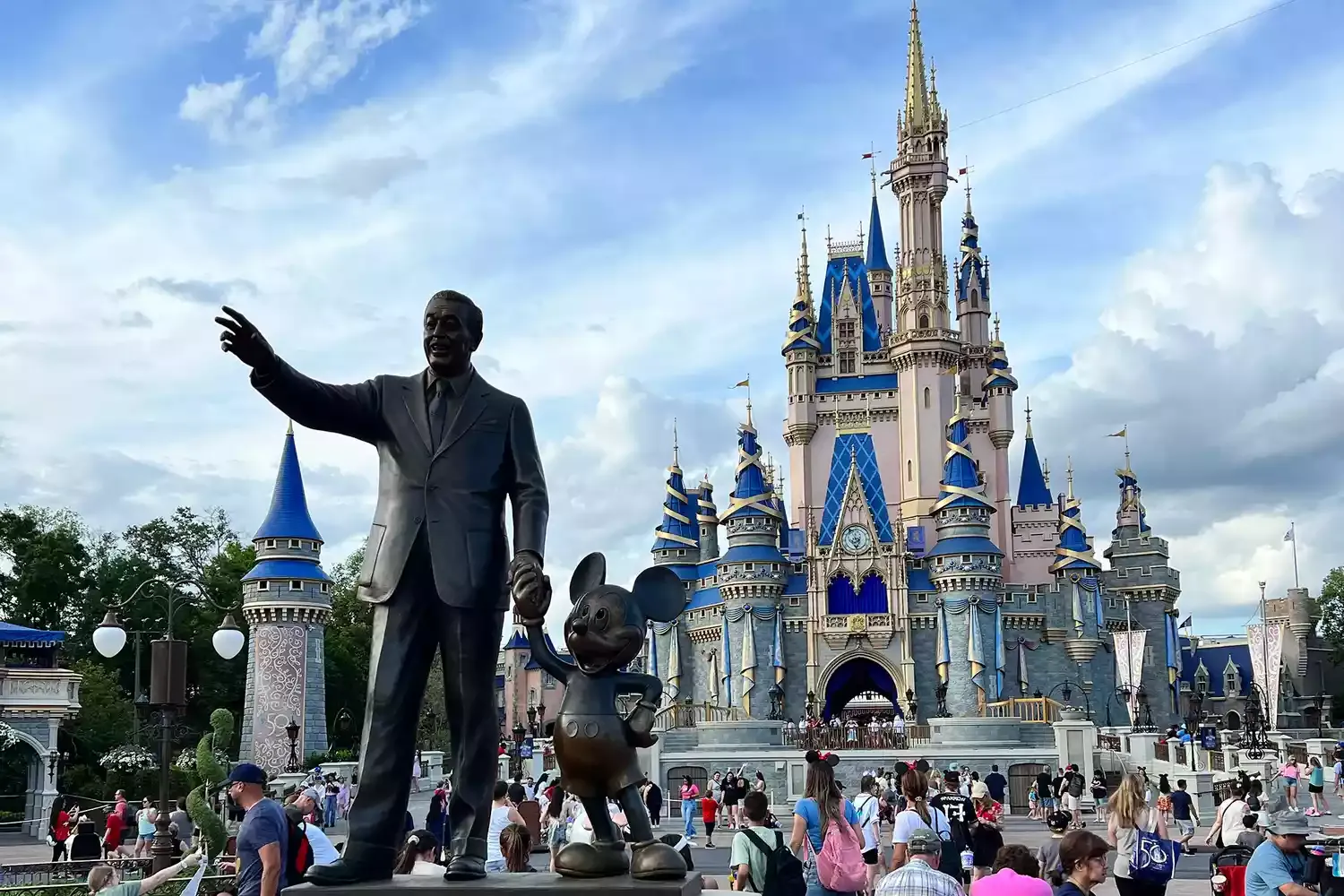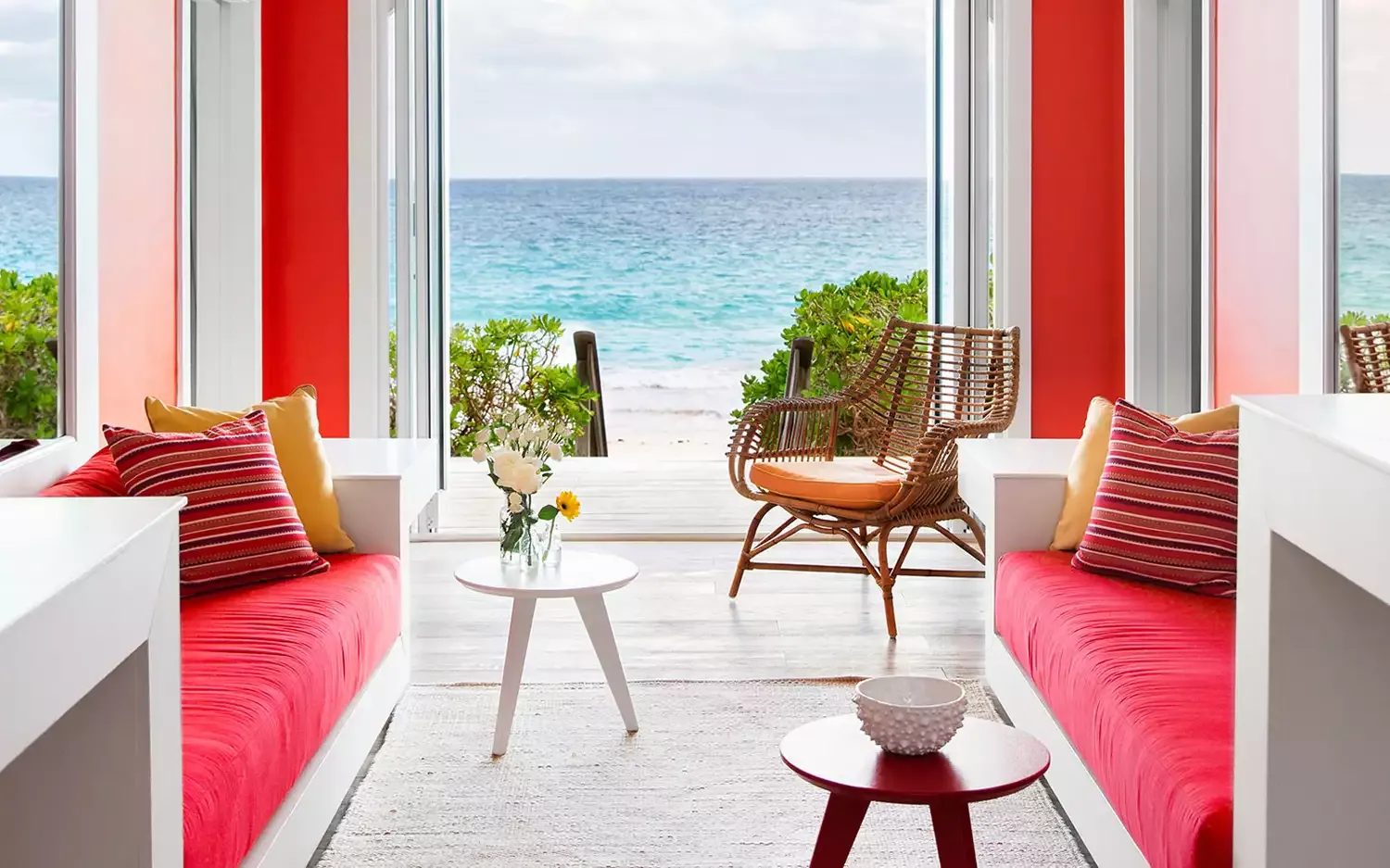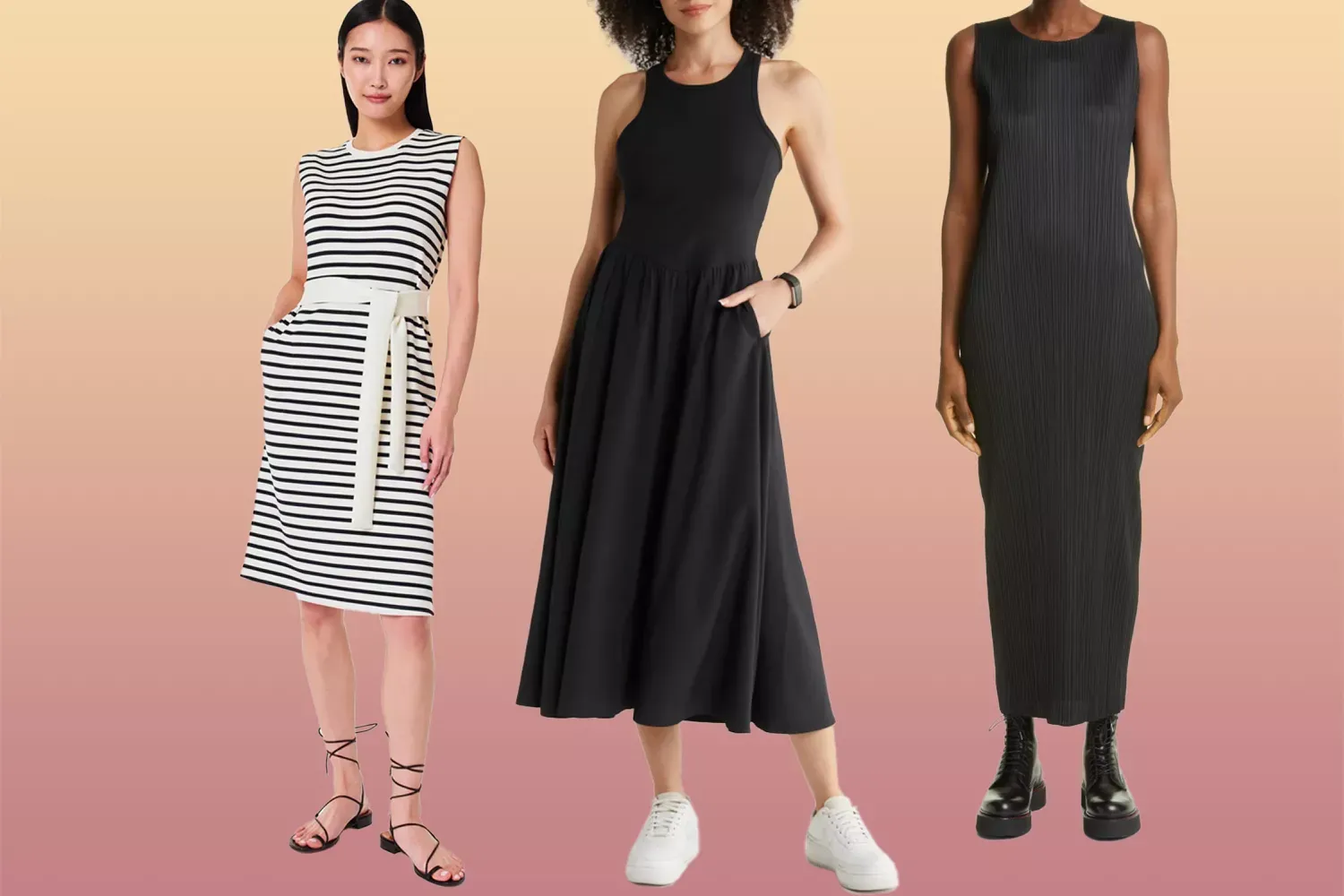
Contrails, those colorful trails, form when hot, humid engine exhaust mixes with cold, high-altitude air. Water vapor in the exhaust quickly condenses and freezes around tiny particles, creating ice crystals. The visibility and persistence of contrails depend on air temperature and humidity. Factors influencing this include altitude and weather conditions. Aircraft exhaust, water vapor, ice crystals, condensation, and atmospheric conditions all play crucial roles.
Understanding Contrails and Their Formation
The word "contrail" is a portmanteau of "condensation trail." They form when hot, humid air from aircraft engines mixes with the cold, low-pressure air of the upper atmosphere. The exhaust from jet engines contains water vapor, which is a key ingredient. The process unfolds as follows:
Combustion and Exhaust: Jet engines burn fuel, producing water vapor as a byproduct along with carbon dioxide, soot, and other particles.
Mixing and Cooling: This hot, humid exhaust mixes with the extremely cold air found at high altitudes (typically above 26,000 feet).
Condensation and Freezing: The water vapor rapidly cools and condenses onto tiny particles (aerosols) in the exhaust. These particles act as condensation nuclei. The water then freezes, forming ice crystals.
Ice Crystal Trails: Millions of these ice crystals clump together, creating the visible contrail.
Whether a contrail forms and how long it lasts depends on atmospheric conditions. High humidity and low temperatures favor contrail formation and persistence. Dry air and warmer temperatures prevent them.
Why Some Contrails Appear Colorful
While most contrails appear as white streaks, certain atmospheric conditions can lead to the formation of iridescent contrails, also known as colorful contrails or rainbow contrails. This vibrant coloration is a result of light diffraction and interference.
Imagine sunlight passing through a prism. It separates into its constituent colors, creating a rainbow. A similar phenomenon occurs within contrails when the ice crystals are of a uniform size and shape. Sunlight interacts with these crystals in specific ways, separating the light into its component colors.
Here's a breakdown of the factors that contribute to contrail iridescence:
Ice Crystal Size and Uniformity: The ice crystals within the contrail need to be of a relatively uniform size. This allows for consistent diffraction of light. If the crystals are of varying sizes, the light scatters randomly, resulting in a white appearance.
Sun Angle: The angle of the sun relative to the observer and the contrail is crucial. The optimal angle allows for the diffracted light to reach the observer's eye, creating the colorful effect.
Atmospheric Conditions: Calm, stable atmospheric conditions are needed to maintain the uniformity of the ice crystals and prevent them from being disrupted.
The Spectrum of Contrail Colors
The specific colors you see in an iridescent contrail depend on the size of the ice crystals and the viewing angle. Smaller ice crystals tend to diffract blue and violet light, while larger crystals diffract red and orange light. The following table summarizes the approximate relationship between ice crystal size and the observed color:
Ice Crystal Size (approximate) |
Dominant Observed Color |
|---|
Smaller |
Blue, Violet |
Medium |
Green, Yellow |
Larger |
Orange, Red |
Because contrail colors are caused by light diffraction, they are generally pastel-like and muted compared to the vibrant hues of a rainbow. You might observe subtle shifts in color as the sun's angle changes or as the contrail evolves over time.
Contrails and Climate Change
While beautiful to observe, contrails have a complex relationship with the climate. They contribute to global warming by trapping outgoing longwave radiation (heat) from the Earth. This warming effect is known as contrail cirrus or contrail-induced cloudiness.
The impact of contrails on climate is an active area of research. Scientists are exploring ways to mitigate their warming effect, such as:
Altering flight paths: Avoiding areas with high humidity and low temperatures can reduce contrail formation.
Using alternative fuels: Fuels that produce less soot can reduce the number of condensation nuclei and therefore reduce contrail formation.
Engine modifications: Improving engine efficiency and reducing emissions can also help.
Understanding the science behind contrails, including the conditions that lead to colorful contrails, is important for both appreciating atmospheric phenomena and addressing the environmental impact of aviation.
In Conclusion
The next time you spot a plane leaving a trail of color in the sky, remember that you're witnessing a fascinating interplay of physics, chemistry, and atmospheric science. While these colorful contrails are visually stunning, it's also crucial to consider their connection to our changing climate and the ongoing efforts to mitigate their impact.



